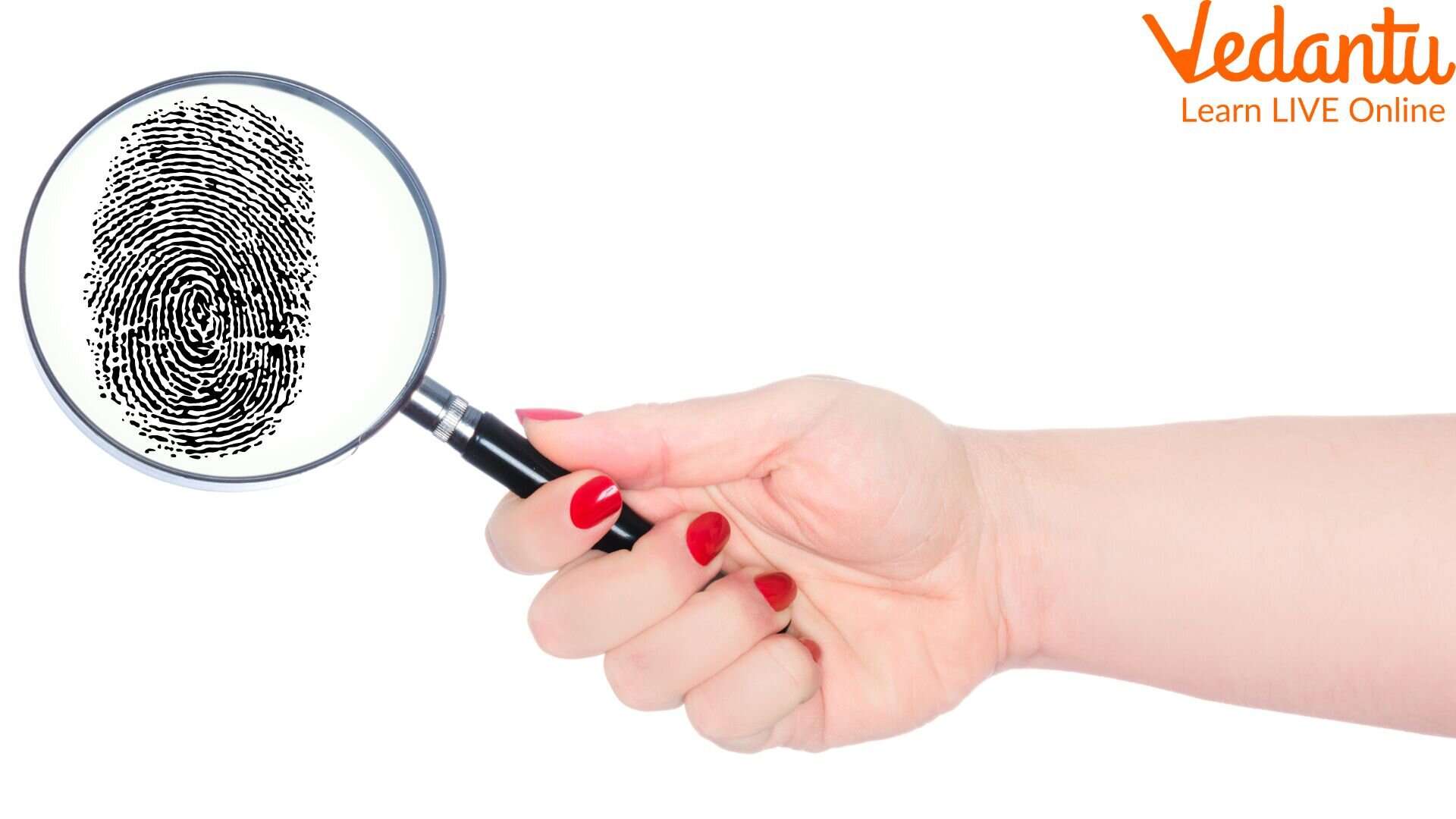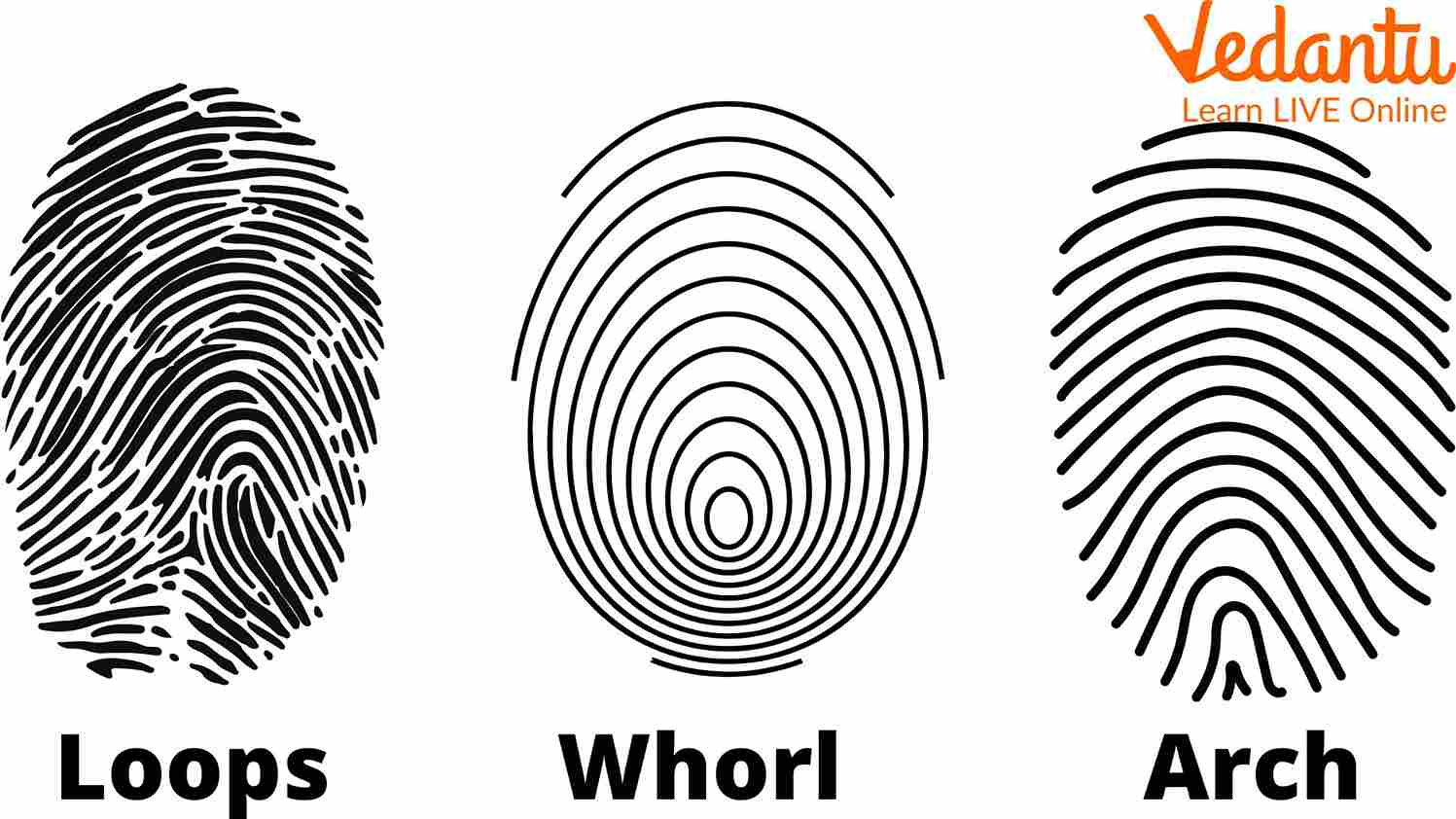Mysterious Facts about Your Tiny Fingerprints
The first question that comes to mind is, what is a fingerprint? Well, Fingerprints are one of the unique things in every person. After your eyeball, the fingerprint is the second thing that is unique and individual in the line. Take a close look at your palms and the tip of your fingers. Pressing a finger onto an ink pad and paper will leave a print of the lines and ridges on your finger. This is your fingerprint. That means no one else has the same lines as in your fingers.
Fingerprints stay the same throughout life. The unchanged individuality of fingerprints is used to identify a person. Do twins have the same fingerprint? Many people keep asking this question. The answer is even identical twins' fingerprints are different from each other. So, in this article, we are about to find out if the fingerprints are unique.
Some Unique Facts About Fingerprints
Some People Are Born Without Them
Three genetic conditions can obstruct fingerprint formation. NFJS - Naegeli Franceseschetti Jadassohn syndrome, DPR - Dermatopathia Pigmentosa Reticularis and adermatoglyphia.
Before Fingerprints, There Were Bone Measurements
If you ask, are fingerprints unique? The answer is yes. Each person has a different fingerprint. For this reason, fingerprints are used as crime and criminal detectors. But before that, when science had not progressed, police officers used to detect criminals with their body measurements. Photographs were used to measure a person’s unique dimensions.
Fingerprint Analysis is Fallible
What is fingerprints, by the way? While observing fingerprints, experts attempt to match as many points of comparison as possible. There is an inevitable element of human mistake. Research in 2011 found a false positive rate of 0.1%. That 0.1% of the FBI’s annual fingerprint intake is of some sixty thousand people that went wrong.
Koalas Too Have Fingerprints
Like humans, Koalas, gorillas, and chimpanzees also have fingerprints. Scientists suspect that fingerprints evolved in these animals due to living in the tree. Koalas, in particular, have similar fingerprints to us humans.
Fingerprints are Incredibly Durable
Fingerprints are used to identify dead bodies. Fingerprints stick around even when people die. Fingerprints are the same when a baby is born till death. They are durable as almost nothing changes fingerprints.
But it can Change
Hard and Rough tactile work like bricklaying, chemotherapy, and drugs like capecitabine can erode or even erase fingerprints. According to forensic experts, just a good case of poison ivy can affect fingerprints. However, skins are mostly replaced at a fair rate. So unless you have permanently damaged the tissue, it shall regenerate.

Human Fingerprints
How are Fingerprints Formed and Do Twins Have the Same Fingerprint?
Before a baby is born, they grow as a fetus inside the mother’s womb. The dermis and epidermis grow together. Where the layers meet, friction ridges appear. However, the layers do not grow at the same speed for every fetus. It can stretch and pull the others if one layer of cells grows faster.
As a fetus moves, the child’s fingers can use against the side of the womb. The tiny forces push the skin as it grows. This results in a unique fingerprint unlike anybody else. So, if you ask, do twins have same fingerprint? The answer is no; they have individual patterns on their fingers.
More about Fingerprint Patterns
Sweat and body oils are pushed out through the tiny pores of our skin. When you touch something, you transfer the substances to coat the ridges and lines of your fingers. Naked eyes can not see the impression left on something. Only in particular objects like a glass bottle, you can see them. These are called invisible fingerprints. Scientist sir Francis Galton wrote a book about fingerprint patterns used to solve crimes. He classified fingerprints based on their general ridge patterns - loops, arches, and whorls.
Loops
Loop prints are the type of fingerprint pattern where one or more ridges enter on either side of the impression. Loop prints are divided into radial loops and ulnar loops. Radial loops are the one point towards the radius bone. Ulnar loops point towards the ulna bone. Loops are accountable for 60 percent of the fingerprint pattern.
Whorls
Whorls fingerprints are where central papillary ridges turn through a minimum of one complete turn. Plain whorls usually consist of one or more than one ridge. And it tends to make a complete circuit with several deltas.
Arches
Arches are not a very common type of fingerprint. In this type of fingerprint pattern, the friction ridges enter on one side of the print and flow out on the other with a wave in the centre. The ridges take shape like a hill or pointed tent.

Fingerprints are Unique
Why Do We Have Fingerprints?
People have two ideas about why they have fingerprints. One is that they help to improve grip and that fingerprints help improve touch perception. Ronald Ennos has researched the concept of enhancing grip. Fingerprints might work like rubber tires on cars. Their pliable nature allows them to confirm the surface they touch. Likewise, fingers can survive frictions or any touch because they are formed with fingerprints.
Facts About Your Finger Prints
Excessive salt or seawater can impact on quality of recognized fingerprints.
Non-alcoholic hand sanitiser enhances fingerprint quality.
Identical twins fingerprints are not identically the same. That they have unique.
British scientist Francis Galton gets the credit for inventing fingerprints.
Rosin, lampblack, and black ferric are common ingredients in black fingerprint powder.
Conclusion
This pretty much sums up the idea of what is fingerprint and all about it. Fingerprints and the way our finger’s skin is made are pretty unique. The human body is made excitingly. Each part has some usage. When you reach this part of the blog, you and your toddlers will know much about fingers and fingerprints.







